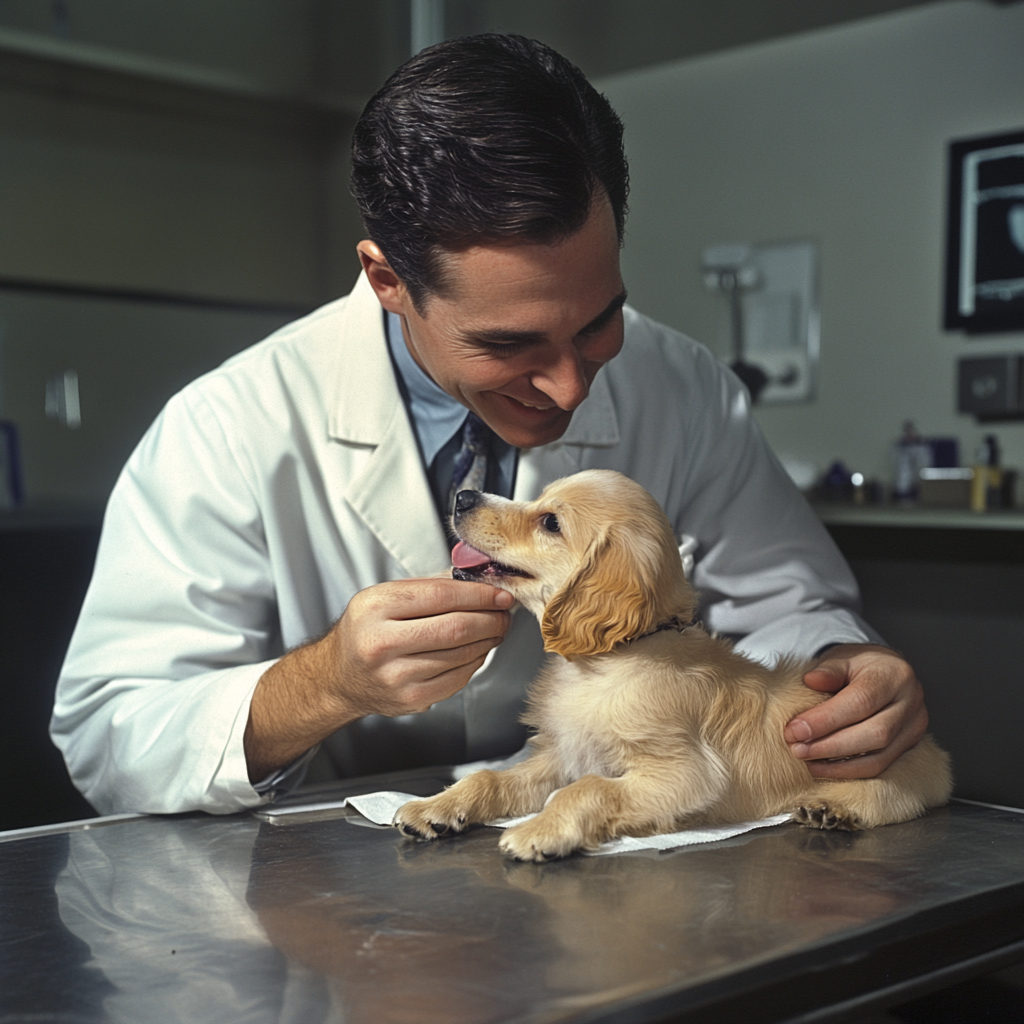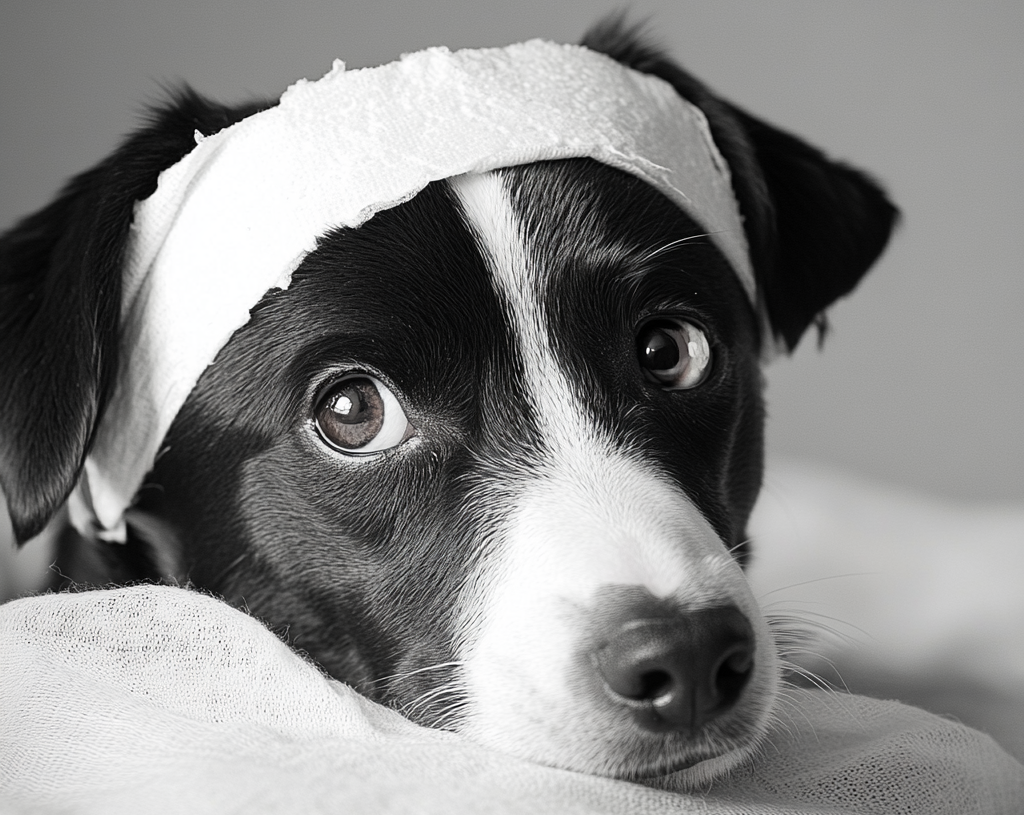Post neuter and spay care for dogs is essential for ensuring a smooth recovery and maintaining overall health. Learn how to care for your dog after these procedures and avoid common complications.
Post Neuter and Spay Care for Dogs

Introduction
Post Neuter and Spay Care for Dogs is a crucial aspect of responsible pet ownership. Whether you’ve recently had your dog spayed or neutered, or you’re preparing for the procedure, it’s important to understand what to expect during the recovery process. Proper care can prevent complications, alleviate discomfort, and ensure your dog’s speedy recovery. In this post, we’ll guide you through essential post-surgery care tips, covering everything from managing pain to monitoring your dog’s behavior.
Table of Contents
- Understanding the Neuter and Spay Procedure
- Preparing for the Surgery
- Post Neuter and Spay Care for Dogs: What to Expect
- Pain Management and Medications
- Monitoring Your Dog After Surgery
- Diet and Nutrition for Post-Surgery Recovery
- Exercise and Activity Restrictions
- Signs of Complications to Watch For
- When to Contact Your Veterinarian
- Common Myths about Spaying and Neutering
- Conclusion
1. Understanding the Neuter and Spay Procedure
Before diving into post-neuter and spay care for dogs, it’s important to understand what happens during these procedures. Spaying (for females) involves removing the ovaries and uterus, while neutering (for males) typically means the removal of the testes. These procedures are commonly performed to prevent unwanted litters and provide long-term health benefits for your pet.
While these surgeries are routine and relatively safe, proper post-surgery care is vital to ensure that your dog heals properly and without complications.
2. Preparing for the Surgery
A little preparation before the surgery can make the post-surgery care process much smoother. Before you bring your dog in for the procedure, consider the following:
- Fasting: Your vet will likely recommend that your dog fast for at least 8-12 hours before the surgery.
- Pre-Surgery Exam: Ensure your dog is healthy and free of any underlying conditions that could complicate the surgery.
- Prepare a Recovery Space: Have a quiet, comfortable area ready for your dog to recover in, away from other pets or distractions.
3. Post Neuter and Spay Care for Dogs: What to Expect
Once the surgery is complete, you’ll need to closely monitor your dog for the next few days to ensure proper healing. Post neuter and spay care for dogs includes keeping an eye on their behavior, incision site, and overall comfort.
- Sedation Effects: Your dog will be under anesthesia during the procedure, and they may be groggy or disoriented for a few hours afterward. Keep them calm and relaxed during this time.
- Incision Site: Check the incision site daily for signs of infection, swelling, or abnormal discharge.
- Recovery Time: While most dogs will start to feel better within 1-2 days, the full recovery process can take up to two weeks.
4. Pain Management and Medications
Post-surgery pain management is one of the most critical components of post neuter and spay care for dogs. Most vets will provide pain relief medications to help your dog through the recovery period. These medications may include:
- Painkillers: Non-steroidal anti-inflammatory drugs (NSAIDs) help reduce pain and inflammation.
- Antibiotics: These may be prescribed to prevent infection at the incision site.
- Sedatives or Tranquilizers: If your dog is particularly agitated or active, your vet may recommend mild sedatives to help them rest.
It’s essential to follow your vet’s instructions on how to administer these medications and never give your dog over-the-counter pain relievers meant for humans.
5. Monitoring Your Dog After Surgery
Carefully monitoring your dog after the surgery is an essential part of post neuter and spay care for dogs. Some behaviors to be on the lookout for include:
- Lethargy: It’s normal for dogs to be a little tired after surgery, but excessive lethargy may indicate a complication.
- Behavioral Changes: Watch for signs of pain or discomfort, such as whining, panting, or restlessness.
- Appetite: Some dogs may lose their appetite temporarily after surgery, but they should begin eating normally within 24-48 hours.
If your dog’s behavior doesn’t improve or worsens after a couple of days, contact your vet.
6. Diet and Nutrition for Post-Surgery Recovery
Proper nutrition plays a significant role in your dog’s recovery process. Providing the right food can help support healing, maintain energy, and boost their immune system. When it comes to post neuter and spay care for dogs, consider the following tips:
- Soft Food: If your dog isn’t eating well, try offering them soft food or something more enticing like boiled chicken and rice.
- Water: Always ensure fresh water is available at all times to prevent dehydration, especially if your dog is on medication that might cause dry mouth.
- Portion Control: Some dogs might be less active after surgery, so monitor their food intake to avoid overfeeding.
7. Exercise and Activity Restrictions
While it’s important to allow your dog to rest after surgery, you’ll also need to be mindful of exercise restrictions. Overexertion can cause strain on the incision site or even result in hernias.
- Limit Activity: For at least 10-14 days after the surgery, avoid vigorous activities like running, jumping, or playing.
- Leash Walks: Take your dog for short, leash-only walks to help them relieve themselves, but avoid long or strenuous walks.
- Monitor Playtime: Limit interactions with other pets, especially if they are active or playful.
8. Signs of Complications to Watch For
While most dogs recover from spay or neuter surgery without issues, it’s important to know when something might be wrong. Signs of complications can include:
- Excessive Swelling or Redness: While a little swelling is normal, excessive redness or swelling around the incision site may indicate an infection.
- Severe Pain: If your dog is in severe pain despite medication, this could be a sign of a problem.
- Vomiting or Diarrhea: These could be side effects of anesthesia or medication, but if they persist, contact your vet.
9. When to Contact Your Veterinarian
If you notice any of the following signs, don’t hesitate to reach out to your vet for advice:
- Fever: If your dog has a fever higher than 103°F (39.4°C), it could be a sign of infection.
- Uncontrolled Bleeding: If the incision site begins bleeding profusely, contact your vet immediately.
- Behavioral Concerns: If your dog seems unusually agitated, lethargic, or unresponsive, seek medical attention.
10. Common Myths about Spaying and Neutering
There are several misconceptions about post neuter and spay care for dogs, including:
- Myth 1: Neutering or spaying will change your dog’s personality: While spaying and neutering can reduce certain behaviors like aggression or roaming, they do not drastically alter your dog’s core personality.
- Myth 2: Dogs gain weight after surgery: While it’s true that some dogs may become less active post-surgery, weight gain is mainly due to overfeeding and lack of exercise, not the surgery itself.
Conclusion
Proper post neuter and spay care for dogs is essential to ensuring your pet’s recovery goes smoothly. By following your vet’s instructions on medication, exercise, diet, and monitoring, you can help your dog recover quickly and comfortably. Always be vigilant for signs of complications, and don’t hesitate to contact your veterinarian if you have any concerns. A successful recovery means your dog will be back to their normal self in no time, enjoying life and staying healthy.
For more pets related articles click here https://ledstk.com/category/pets/ and for recipes lovers see here sotastyrecipe.com.
